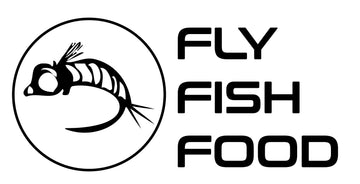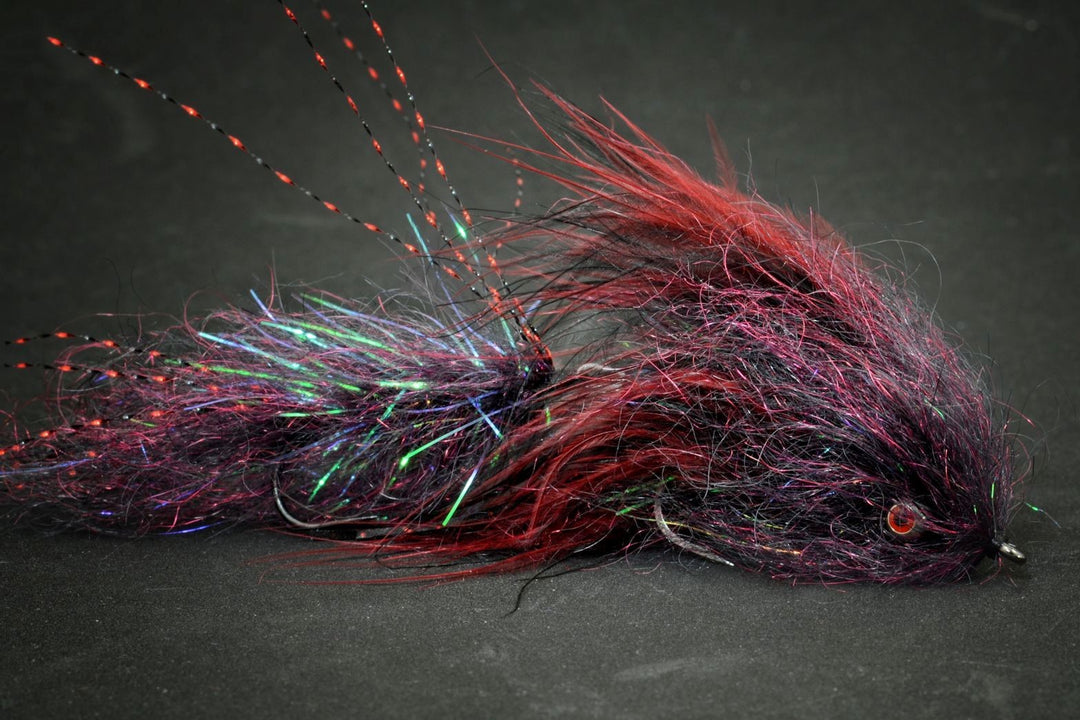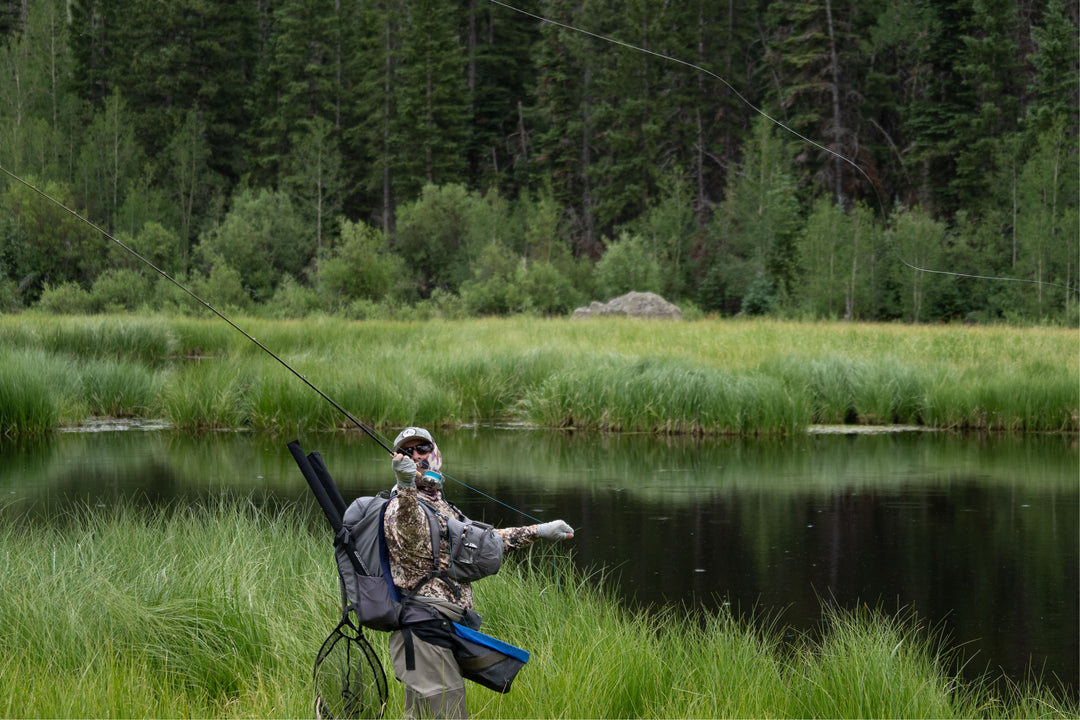Rock Creek Fly Fishing Report - August 8/23/2025
ROCK CREEK FLY FISHING REPORT
Missoula County, Montana — Classic Small-Stream Dry Fly Water
Current River Conditions
Typical late‑summer low flows; water is generally clear in most runs and pocket water. Expect lower velocities through meadow sections and slightly faster, clearer water in the canyon pockets.
Mornings cool and comfortable for trout activity; afternoons can warm enough to push fish deeper and slow surface takes. If you see rising temps or stressed fish, back off the middle of the day.
Late‑August pattern: warm sunny days with light to moderate afternoon breeze. Best angling windows are early—first light through late morning.
Most public access points open. Upper Rock Creek (from the forks downstream to the mouth of Stoney Creek) has a hoot‑owl/no‑fishing period in the heat of the day (commonly 2:00 pm–midnight) — confirm current boundaries before you go.
Hatch & Insect Activity (late-August)
| Insect | Size | Activity | When to Fish |
|---|---|---|---|
| Terrestrials (hoppers, ants, beetles) | Varies (#6–14 for hoppers; smaller for ants) | Heavy — excellent topwater action in morning & bankside seams | Sunrise–late morning along shorelines and foam |
| PMDs (Baetis) | #14–18 | Moderate — morning windows, short sharp hatches | Late morning where riffles meet softer water |
| Yellow Sallies / Small Stoneflies | #12–16 | Light to moderate; fish will key to edges | Midday pockets and foam lines |
| Caddis | #14–18 | Light — best in low light; evening skitters | Evening and low-light periods |
| Midges / Midges emergers | #18–22 | Low but present; useful as droppers | Throughout day in slow tails and pools |
Recommended Flies (matched to available patterns)
Below are the patterns that are working on Rock Creek now and links so you can order or inspect them. Start with the top group for morning dries, then carry the nymphs and streamers for tougher windows.
Dry Flies & Terrestrials
- Bionic Hopper - Tan — heavy foam lines and bankside casts (hopper-dropper rigs).
- Bionic Ant - Black — small bank presentations; great on steeper banks and cut banks.
- Stealth Link Mercer - PMD — slim PMD patterns for tight dries and picky trout.
- Corn‑fed Caddis (CDC) - Tan — skittered on surface in evening and low light.
- Libby's Salmonfly — large attractor when fish are keying to big terrestrials near banks (use cautiously; salmonfly season has passed but large attractors still draw strikes).
Nymphs & Subsurface
- Tungsten Pat's Rubber Legs — go-to stonefly imitation for deeper seams and tailouts.
- Pheasant Tail Tungsten — universal nymph; fish under an indicator or tight‑line euro.
- Egan's Warrior Perdigon - Rainbow — slim, dense perdigon for quick sinks and picky trout.
- Black Zebra Midge — small droppers for slow pools and seams.
- Sunny Side Up - Sunburst (eggs) — egg patterns for opportunistic trout in deeper pockets.
- Soft Hackle Pheasant Tail Jig — great as a scud/emergent imitation in near‑bank lies.
Streamers & Large Imitations
- Coffey's Articulated Sparkle Minnow - Sculpin #4 — strip along structure for aggressive takes.
- Sculpzilla - Natural — big slow pulls in deeper runs and undercut banks.
- Galloup's Dungeon - Olive — baitfish profile for larger trout and transition runs.
Tactics, Rigs & Where to Fish
- Dry strategies: use a hopper or ant on top with a small dropper (pheasant tail or midge) when you see risers or actively feeding trout. Cast upstream of seams and let flies ride natural drift into foam lines.
- Nymphing: indicator rigs or euro setups with tungsten beadheads get down fast into deeper seams. Run a heavier, point nymph with a lighter dropper to cover both depth and subtle target insects.
- Streamers: when fish move away from the surface in the heat, target deep runs and structure with slow strips and pauses. Early morning streamer pulls can trigger aggressive strikes.
- Respect hoot‑owl closures and practice cool water handling—keep fish in the net only long enough to unhook and release quickly.
Local Notes & Shop Intel
Local reports over the past week emphasize that Rock Creek's late‑August bite is built around terrestrials. Guides and shops in the Missoula area recommend arriving with a mix of hopper and ant patterns, a selection of PMD/baetis dries, and tungsten nymphs for deeper seams. If you plan an afternoon session, be prepared for slower action and bring nymphs and streamers.
Quick Checklist
- Rods: 3–6 weight for dries/terrestrials; 6–8 weight if you plan heavy streamer work.
- Leaders: 9–11 ft tapered for dries; shorter leaders when using big terrestrials. Carry fluorocarbon tippet 3–6 lb for pressured fish.
- Flies: stock the hopper/ant selection, PMD dries, a couple of Pat's Rubber Legs or pheasant tails, zebra midges, and one or two sculpin/baitfish streamers.
- Permits & rules: verify hoot‑owl boundaries and stream regulations before fishing.




